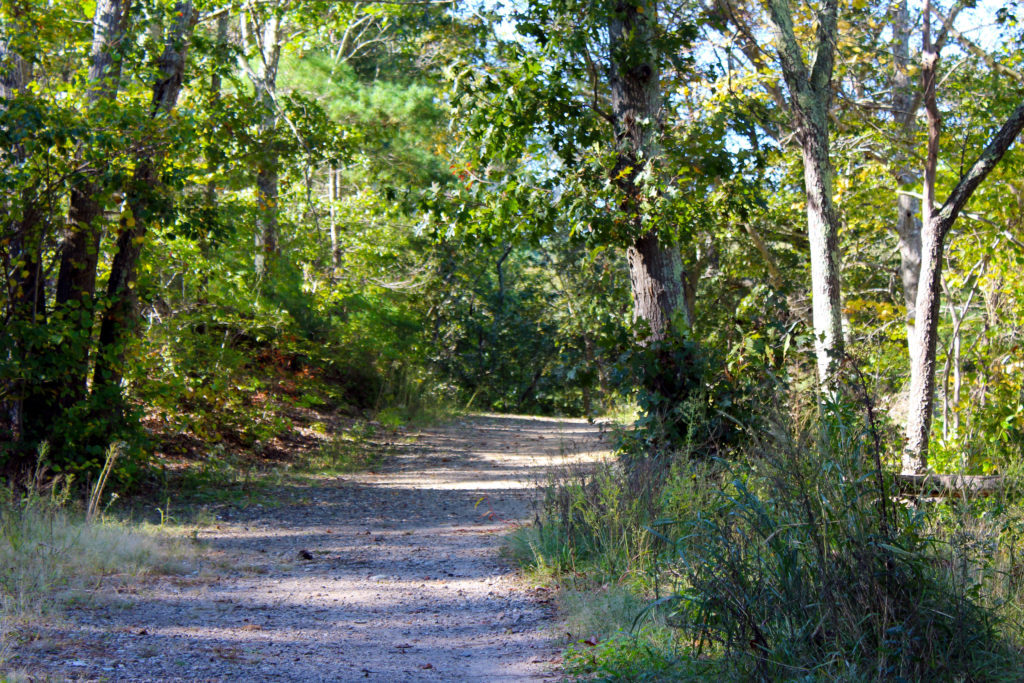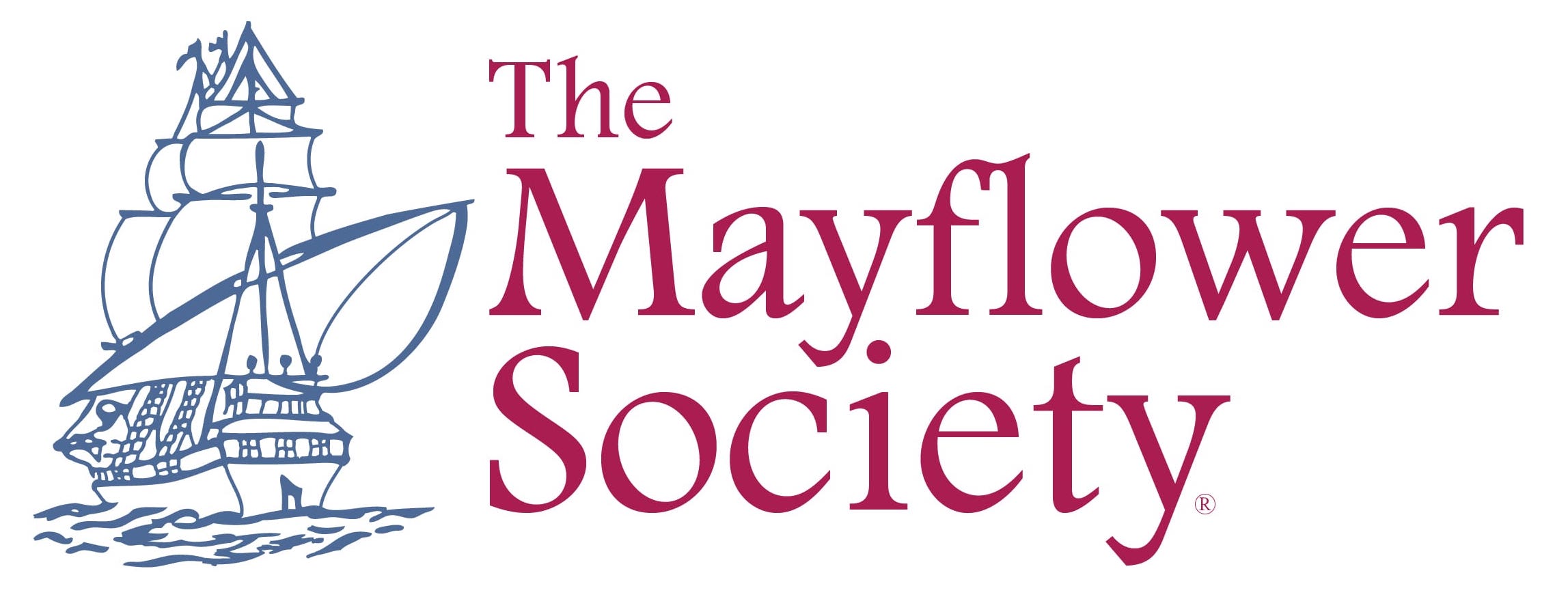
Photo: Part of the Nemasket Trail in Plymouth MA
When it comes to early Plymouth Colony there are many well-known names that show up in history books: Bradford, Massasoit, Brewster, Squanto. However there are a multitude of lesser known people who played important roles in Plymouth Colony’s beginning. Today we will explore one such person, Tokamahamon.
There is much that is unknown about Tokamahamon, especially his personal life. We do not know things like how old he was, or whether he was married had children etc. We are however able to piece together from the primary sources a picture of an important person, who during the first few years of Plymouth Colony, seems to have performed a similar role as Squanto and Hobomok.
The first mention of Tokamahamon by name is during Edward Winslow and Stephen Hopkins’ journey to Pokanoket to visit Massasoit. While there, Massasoit requested to retain Squanto there for a time “…and appointing another, called Tokamahamon, in his [Squanto] place, whom we had found faithful before and after upon all occasions” (Mourt’s Relation 67). Thus Tokamahamon was appointed by Massasoit himself to assist the pilgrims. From this appointment we can infer that Tokamahamon had an understanding of English in some capacity and that Massasoit trusted him enough to serve as a representative.
Tokamahamon’s role as an interpreter, similar to both Squanto and Hobomok, is brought up again when the colonists travel to Nauset to retrieve John Billington Jr. When they set out they take along “…Squanto, our interpreter, the other Tokamahamon, a special friend” (Mourt’s 69). During the voyage they encountered some Nauset people gathering lobsters and “…sent our two interpreters [Squanto & Tokamahamon] to speak with them…” (Mourt’s 69).
Tokamahamon is mentioned as serving a diplomatic role similar to Squanto and Hobomok as well. When Plymouth hears that Corbitant, the leader of Nemasket, is upset and trying to draw people away from Massasoit it is mentioned that he was “storming at the peace between Nauset, Cummaquid, and us, and at Squanto the worker of it; also at Tokamahamon, and one Hobomok…” (Mourt’s 73). When he heard of this “Tokamahamon went to him [Corbitant]” (Mourt’s 73) to seemingly try his hand at diplomacy with Corbitant. Later, when the colonists, led by Capt. Standish, raided Nemasket to avenge Squanto whom they, incorrectly, heard had been killed; once again Tokamahamon assisted for “In this hurley-burly we discharged two pieces at random, which much terrified all the inhabitants, except Squanto and Tokamahamon, who, though they knew not our end in coming, yet assured them in our honesty, that we would not hurt them.” (Mourt’s 75).
The last mention of Tokamahamon in the primary sources is in 1622, when a messenger arrives from the Narragansett “who was sent by Conanacus, their chief sachim or king, accompanied with one Tokamahamon” (Good News from New England, Winslow 8) Bradford not only recognized Tokamahamon to be friendly, despite traveling with a messenger carrying a challenge, they asked his opinion on the matter. His “answer was sparingly to this effect, that he [Tokamahamon] could not certainly tell us, but he thought they [Narragansett] were enemies to us” (Winslow 8). Further, when the Narragansett messenger wished Tokamahamon to return with him the result was “The weather being violent, he [Tokamahamon] used many words to persuade him to stay longer, but could not. Whereupon he left him, and said he was with his friends, and would not take a journey in such extremity.” (Winslow 9).
After 1622, Tokamahamon stopped showing up in Plymouth sources. Whether this means he moved on to other areas, passed away, or the colonists simply stopped referring to him by name, we may never know. However despite this, his contributions in the first few years are just as influential as some of the other more well-known names and should not be forgotten to history.
